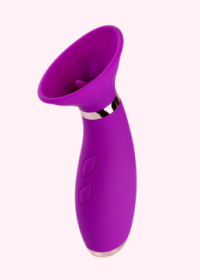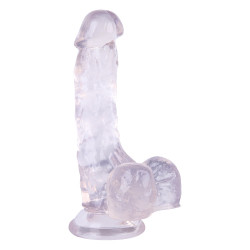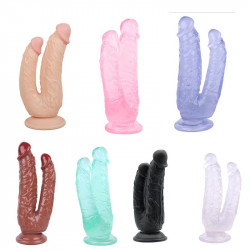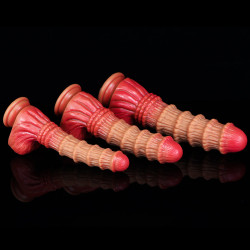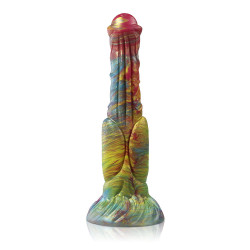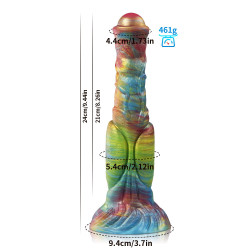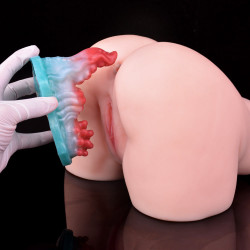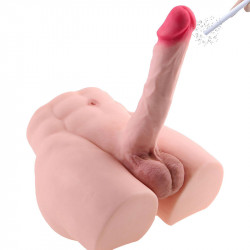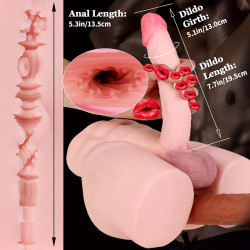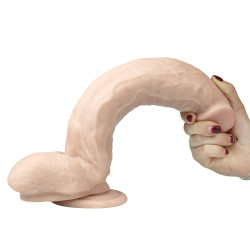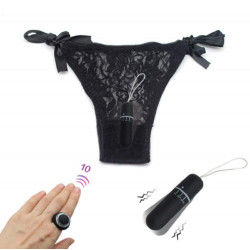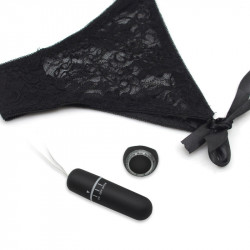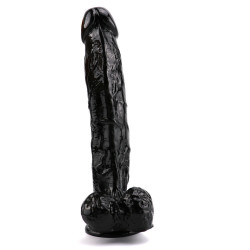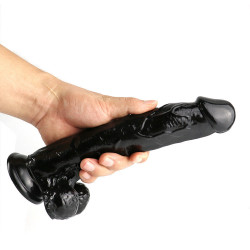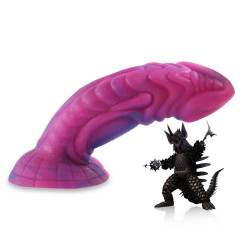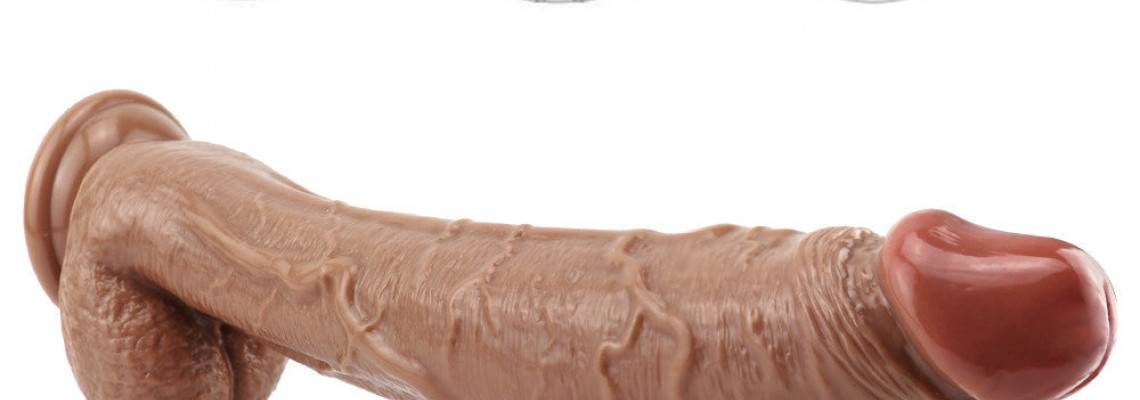
Tickle Torture
In BDSM situations, dominators utilize tickle torture as a kind of control, humiliation, and/or punishment of subordinates. Tickle torture can be used to punish a subject or to reinforce dominant and submissive roles. In addition to BDSM, tickling is a form of fetish play that may be appealing to those who have a penchant for feet or armpits. Some tickle-torture enthusiasts claim that the act of tickling alone can cause them to climax.
During tickle torture, the underarms, inner thighs, behind, or soles of the feet can all be tickled. The most sensitive regions of the body have also been seen to be the most ticklish, which raises the possibility that tickling—including kid tickling—has an evolutionary origin.
You can employ tickling by itself or in combination with other BDSM methods like spanking or whipping. When combined with impact play, tickle torture can be highly effective since laughter generates endorphins, which increase a person's pain tolerance. It could also serve as a prelude to other sexual pursuits, such as water sports.
Although people sometimes think of tickling as producing a pleasant sensation, research indicates that it actually makes the unintentional appearance of one. There is evidence to suggest that tickling has been used as a form of torture at some point in history.
More About Tickle Torture
There is a widespread fetish for tickling. Numerous pornographic channels and websites are devoted to tickling and tickling torture. Tickling and tickle torture are popular because they provide a fantastic release and cause the person being tickled to lose all control. In contrast to other forms of impact play, such as the use of whips or floggers, tickling offers constant stimulation.
Since tickle torture is simple to learn and doesn't require any specific equipment, it can be a valuable method for those who are new to BDSM to use in their play. Additionally, it is less dangerous than a lot of other types of punishment and humiliation. Even said, tickle torture is frequently characterized as being intense and frequently unanticipatedly so. For this reason, it's crucial always to move carefully and make sure the person being tickled continues to provide their consent.
It should be noted that there are two types of tickling: mild tickling, like the soft kind you might give with a feather, and heavy tickling, which typically causes the tickled person to flail and lose self-control. In other words, erotic tickling is not always employed as pain; it can also be a type of sensation play.
However, the submissive must be ticklish for tickle torment to work. For some people, tickling torture is unpleasant or even brings up unpleasant childhood memories. Before incorporating tickle torture into their play activities, both parties should consent to it, as is the case with other BDSM activities.
Even while tickling doesn't hurt physically, the dominant should still abide by a few fundamental safety precautions. Since many people who are tickled are mute, nonverbal safe signs ought to be used. Because tickling can result in coughing and hiccups, dominants should also keep an eye out for any indications of respiratory trouble in their submissives. When tickle torture is used with bondage, extra caution is required because the submissive may lose all control over their body, which could result in muscle strains and abrasions.

